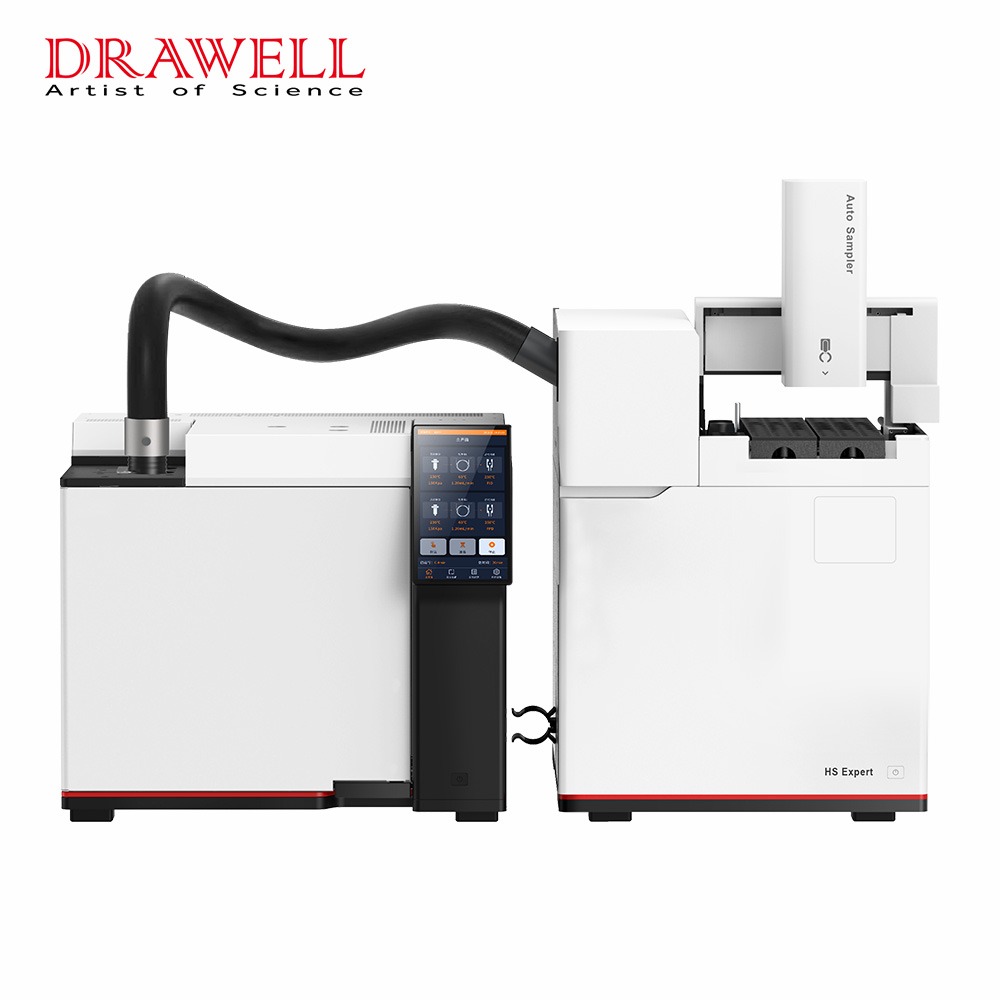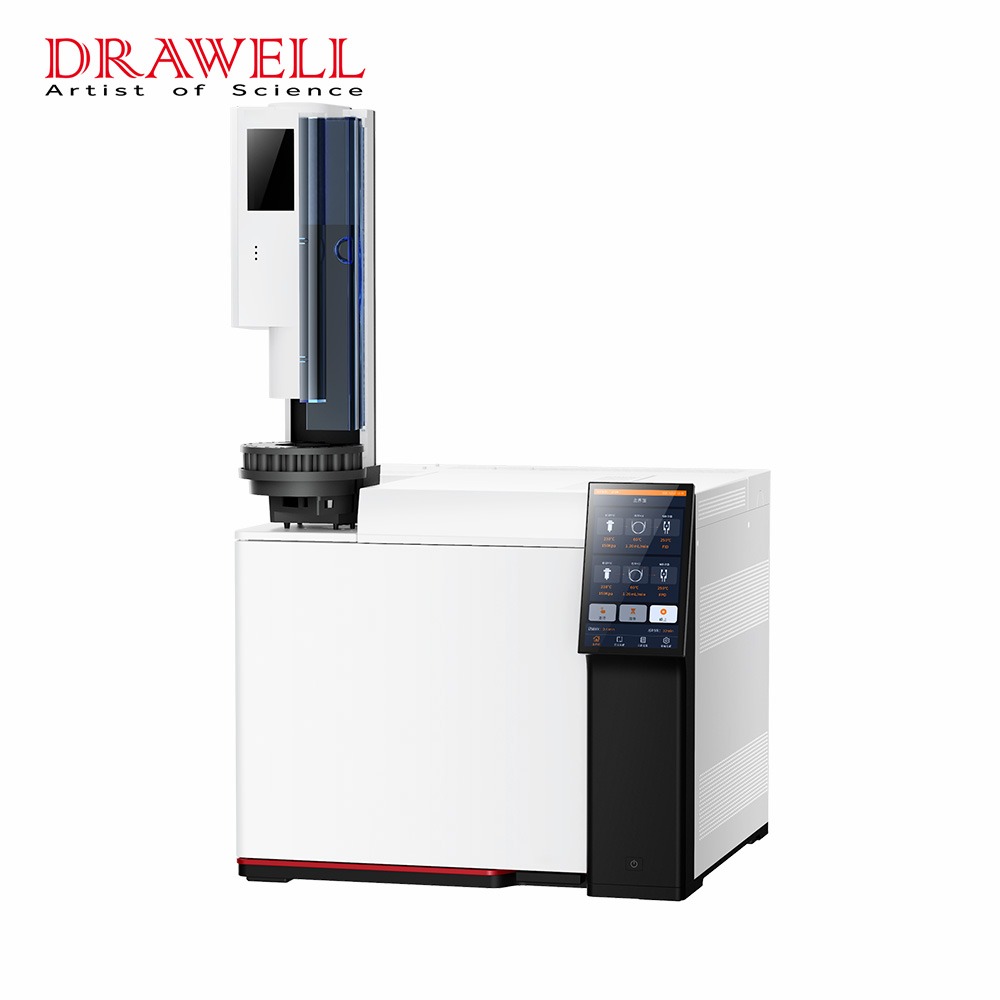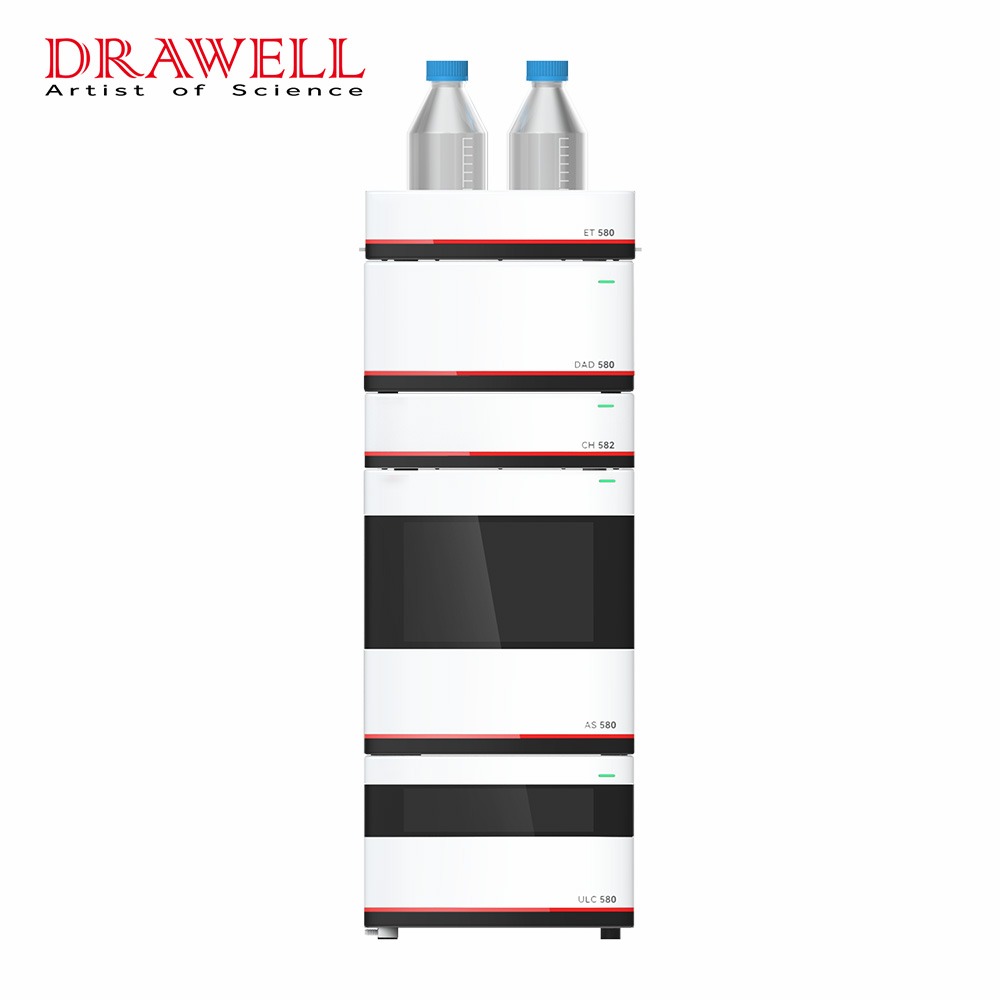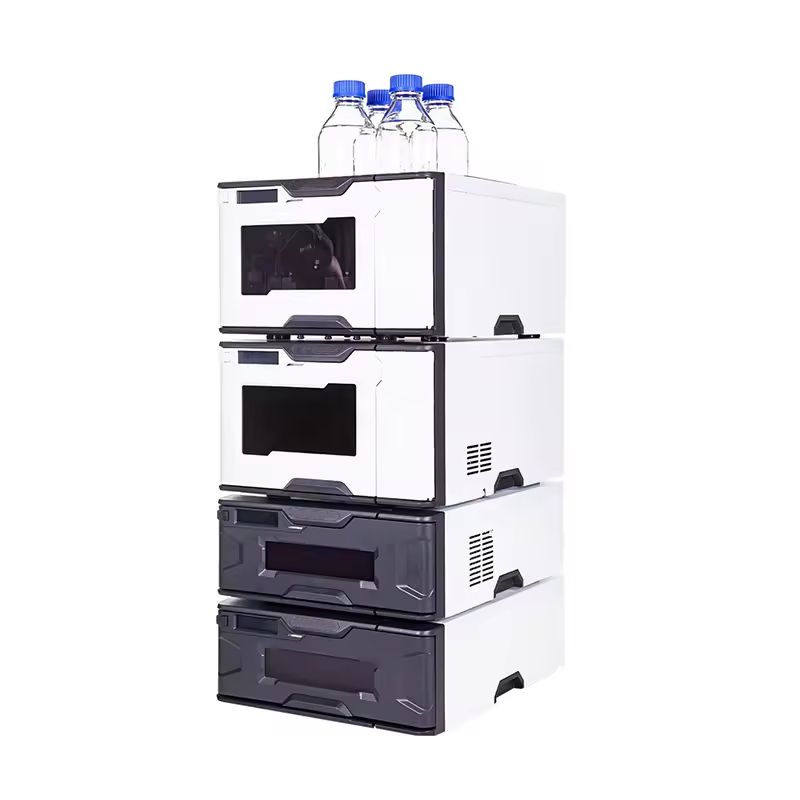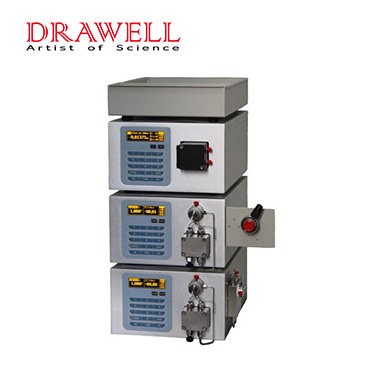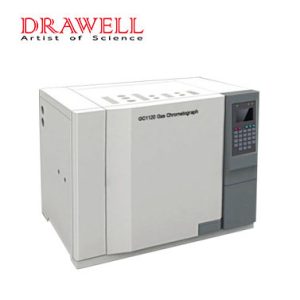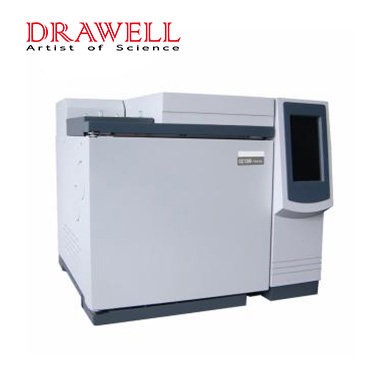Gas chromatography mass spectrometry (GC-MS) is a strong technology in analytical chemistry that allows for the identification and quantification of complicated mixtures of volatile and semi-volatile chemicals. GC-MS chromatography provides scientists and researchers with a versatile tool for a wide range of applications by combining the separation capabilities of gas chromatography with the detection sensitivity and specificity of mass spectrometry. In this article, we focus on the introduction of what is gas chromatography mass spectrometry, exploring the aspects of working principles, instrumentation, workflow, various applications and advantages of gas chromatography mass spectrometry.
Working Principle of Gas Chromatography Mass Spectrometry
Principle of Gas Chromatography (GC)
- Component separation based on volatility and affinity for the stationary phase.
- The use of a carrier gas to transport the sample via a capillary column.
Principle of Mass Spectrometry (MS)
- Ionization of isolated substances in order to produce ions.
- Ion separation and detection based on mass-to-charge ratio (m/z).
- Creation of a mass spectrum that represents the sample’s unique fingerprint.
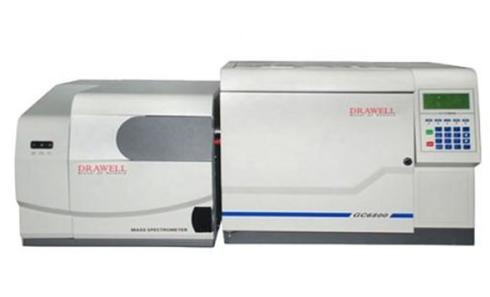
Instrumentation Of Gas Chromatography Mass Spectrometry
Gas Chromatograph(GC)
- Injection port for introducing samples.
- Capillary column for component separation.
- Oven with temperature control.
- A carrier gas system for transporting samples.
Mass Spectrometer(MS)
- Ion source for compound ionization.
- Ion separation and detection using a mass analyzer.
- A detector for producing a mass spectrum.
Workflow of Gas Chromatography Mass Spectrometry
1. Sample Preparation
- Choosing a suitable sample matrix.
- Target compound extraction and purification.
- If necessary, derivatization.
2. Injection and Separation
- The prepared sample is injected into the gas chromatograph.
- Sample vaporization and introduction into the column.
- Compound separation based on volatilities.
3. Ionization and Detection
- Moving separated chemicals to the mass spectrometer.
- Compound ionization within the ion source.
- Ion separation and detection based on m/z ratios.
- Create a mass spectrum for compound identification.
Applications of Gas Chromatography Mass Spectrometry
Environmental Analysis
- Pollutant monitoring in the air, water, and soil.
- Detection and quantification of volatile organic compounds (VOCs) in industrial emissions.
- Pesticide, herbicide, and other pollutant analysis.
Forensic Science
- Detection and identification of drugs in biological samples.
- Investigation of arson remnants and explosives.
- Examination of traces of evidence at crime scenes.
Pharmaceutical and Drug Analysis
- Drug compound identification and quantitation.
- Characterization and profiling of impurities.
- Analyses of pharmacokinetics and metabolites.

Advantages of Gas Chromatography Mass Spectrometry
- High Sensitivity: Allows for the identification and measurement of substances at a very low level.
- Selectivity: Target chemicals are identified with great specificity and accuracy.
- Versatility: It is applicable to a wide variety of sample types and compound classes.
- Quantitative Analysis: Allows for exact analyte measurement and quantification.
- Compound Characterization: Interprets mass spectra to provide structural information.
Summary
Gas chromatography mass spectrometry is a useful analytical chemistry instrument that provides researchers with a reliable approach for identifying and quantifying chemicals in complex mixtures.

